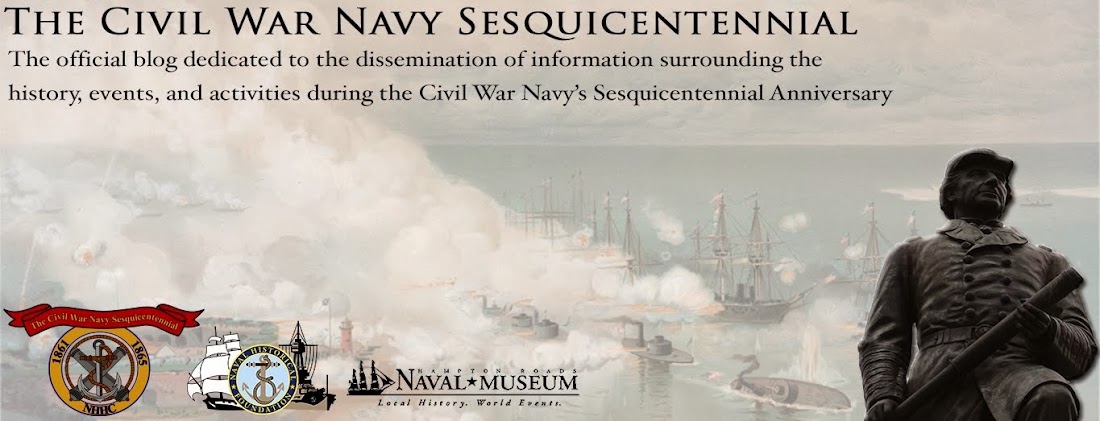Water batteries on Mobile Bay. Source: State of Alabama photo archives.
In prior posts, I introduced you to the port of Mobile, Alabama and its importance to the Confederacy (18 Feb 2012 and 25 May 2012). Based on a visit to the City of Mobile in October 1862 and his inspection of the defenses, Gov. John G. Shorter of Alabama wrote to CSA President Jefferson Davis, observing “(Mobile is) the only Gulf port of any importance which is left us and one of the most important lines of communication in the Confederacy.” Davis’ response indicated he did not think there was any immediate threat to Mobile, plus he did not have any spare troops to send.
In Mobile Bay and the navigation channels leading into it, work proceeded to try to make it difficult for Union gunboats to get through. Part of the strategy was to slow them up enough to enable the big guns of Forts Morgan and Gaines to pound them and drive them off or sink them. Much of the defensive effort was conducted under the supervision of Major Danville Leadbetter of the CS Army Engineers. Work began in 1862 on Ft. Grant, in Grant’s Pass, to deny a Union expedition through the “back door” into Mobile Bay via the sounds of the Mississippi coast. Rows and rows of piles were driven into navigation channels leading into Mobile Bay to punch holes in the wooden hulls of Union gunboats. A large, heavy chain supported by rafts was proposed to block the main channel into Mobile Bay near Ft. Morgan. In addition to the armament in the masonry forts, earthworks and batteries were emplaced around the forts to repel any land assaults on them.
By mid-1863, the first torpedoes arrived to begin a program of extensive mining of the entrance channels, leaving only narrow gaps through the mines that the pilots of blockade runners knew about. These were placed under the direction of CSA Major Gen. Dabney H. Maury, who had seen their effectiveness against Union gunboats on the Mississippi River. Under the command of Adm. Franklin Buchanan, floating batteries, two of which were ironclad (CSS Huntsville and Tuscaloosa) were placed to support land-based defensive works. Floating batteries and earthworks were also constructed on the river approaches to deter movements by the USN on the rivers. Efforts to make the masonry forts more resistant to USN shelling involved construction of sand/sod embankments in front of the masonry walls and attaching cribs (wood boxes) filled with sand to detonate shells and prevent their penetration of the brick masonry.
Confederate torpedoes placed in Mobile Bay. Source: Harper's Weekly (courtesy www.sonofthesouth.com)



No comments:
Post a Comment